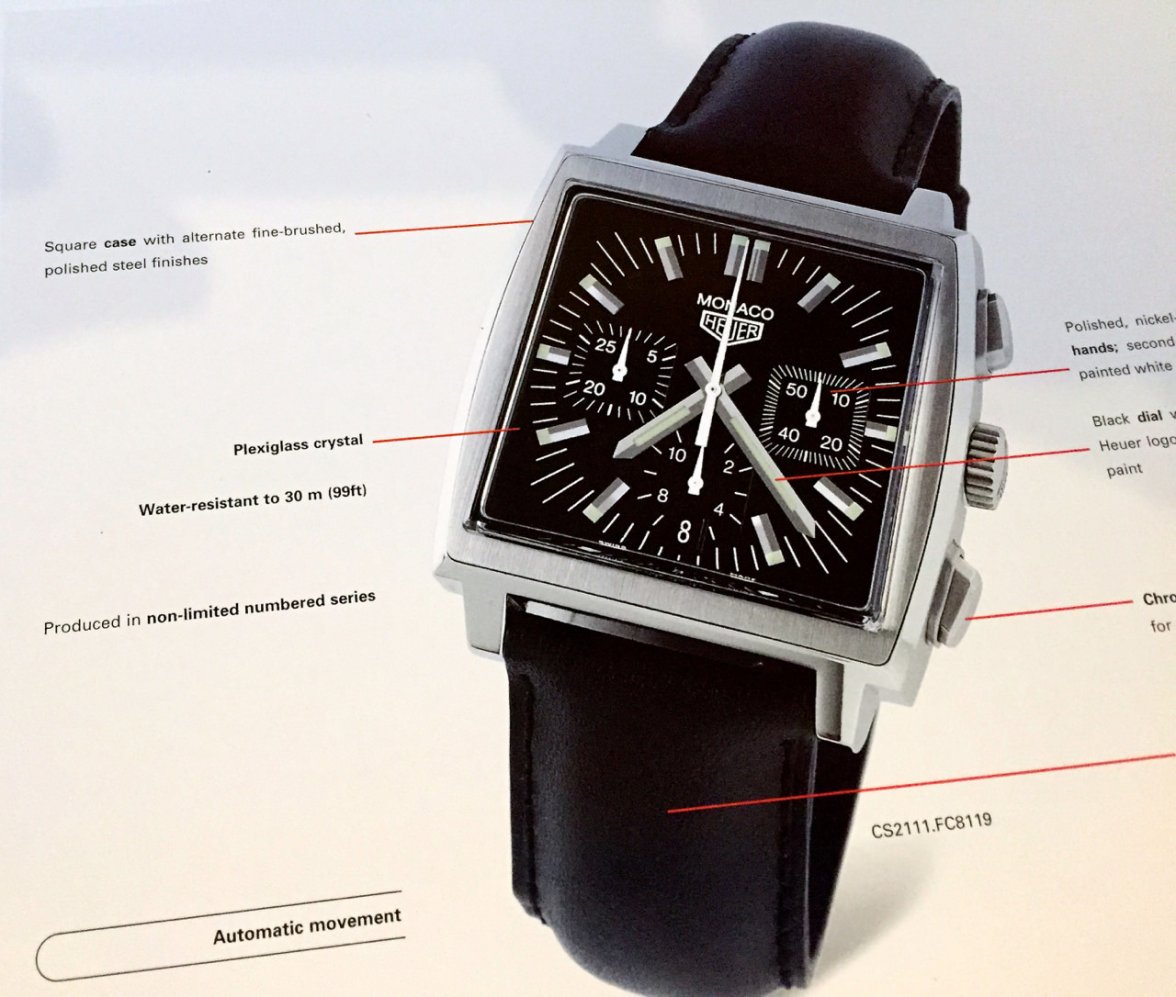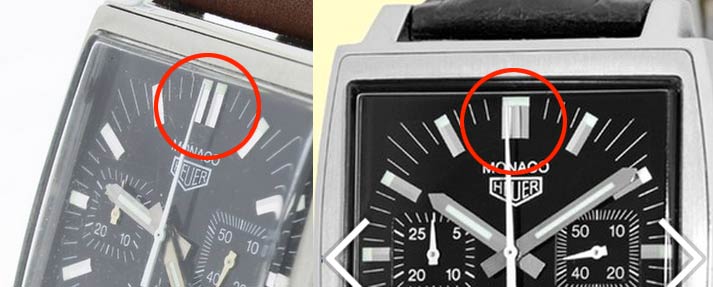Calibre11
·Keen to get some input on the question of the first two Monaco re-editions, CS2110 (1997) and CS2111
Heuer Monaco CS2110

Heuer Monaco CS2111

Starting with the CS2110, it's fairly clear that this is a limited edition of 5000 watches- says so right here in the catalogue:

And here are the casebacks of those watches, showing the number / 5000. So, no argument that CS2110 is a limited edition of 5000 watches.

The CS2111 is a little different. At first there was this case back

Note that it no longer says limited edition and we now have 5 digits in the number of the watch. Which fits with the description of the watch in the 1999 Catalogue- not a limited edition, but a "numbered series"

I've also seen this case back- same design, but no longer numbered- the watch now has a serial number

And then we have this caseback:

...which is again numbered, but now with a different design.
All three of these CS2111s come from well credentialed sellers, so we have to assume all three are genuine...but none appear to be limited editions.
I wrote my overview of the Monaco re-edition in 2009 and said that both CS2110 and CS2111 were limited editions- but I'm starting to think that this is incorrect
Heuer Monaco CS2110

Heuer Monaco CS2111

Starting with the CS2110, it's fairly clear that this is a limited edition of 5000 watches- says so right here in the catalogue:

And here are the casebacks of those watches, showing the number / 5000. So, no argument that CS2110 is a limited edition of 5000 watches.
The CS2111 is a little different. At first there was this case back

Note that it no longer says limited edition and we now have 5 digits in the number of the watch. Which fits with the description of the watch in the 1999 Catalogue- not a limited edition, but a "numbered series"

I've also seen this case back- same design, but no longer numbered- the watch now has a serial number

And then we have this caseback:

...which is again numbered, but now with a different design.
All three of these CS2111s come from well credentialed sellers, so we have to assume all three are genuine...but none appear to be limited editions.
I wrote my overview of the Monaco re-edition in 2009 and said that both CS2110 and CS2111 were limited editions- but I'm starting to think that this is incorrect

